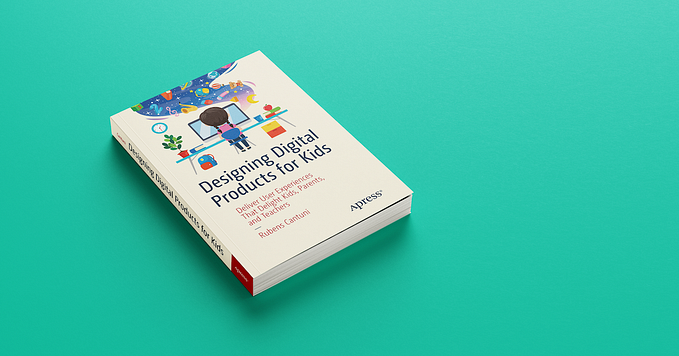Foldable displays: do we really need them?

DISCLAIMER: the article represent my personal opinion and just that.
To answer the title: mmmh no thanks! At least for now. At least on smartphones, that’s for sure.
There’s been a lot of talking in the past few weeks, since Samsung “presented” (if we can use that word to describe the act of showing something in the dark) what seems to be (still) a prototype of a folding smartphone.

The screen you see above has a ratio that made me think a lot about how these folding smartphones should be, both when folded and when open.
Case 1: double smartphone
This one from Samsung seems quite odd to me. It’s really narrow when closed (maybe the same ratio of an iPhone X or even narrower?) but almost square when unfolded.
Let’s take in consideration the content, for a moment. Content is king, Bill Gates said (and yes, we’re all tired of hearing this, but it makes sense here, trust me). So what kind of content would benefit from this screen ratio?
Most of the apps we currently use would need to be rethought almost entirely. Vertical scrolling apps, like social networks applications, surely would have more real estate, but for what? Zooming in on the content, cutting the vertical space and offering less pieces of content but bigger?
Video content would of course be displayed with some pretty huge black bars, top and bottom, in any orientation.
Check the image down here. The dotted blue line represents a vertical scrolling kind of content, while the purple one is a video.

Pros:
- Bigger screen
Cons:
- Odd ratio, not really ideal for any kind of content except maybe squared photos (a.k.a. Instagram)
- if folded outward, no need for an external screen, but easy to scratch (or scratch the cover, compromising the experience)
- if folded inward, need for an outside display (maybe a small one, just for time, date and notifications?)
- thickness
Case 2: new take on the flip phone
What if we take a regular smartphone and fold it vertically?

Well, we’d have the same real estate and ratio of a regular modern smartphone and half the size when folded. BUT a much thicker profile when folded.
Take a look at this Royole concept. Just wow! Can you put that in your pocket without wearing baggy pants like a rapper from the 90s?

Is that a folded smartphone in your pocket or are you just glad to see me?

Pros:
- same ratio and screen size of a regular smartphone
- doesn’t need a protective skin on the screen
Cons:
- same real estate of a regular screen
- needs and outside display (folding outward would be dumb)
- thickness
Case 3: folded tablet
The last case I considered (for sure there are more, but these are the most obvious ones) is a display that when open has the same ratio of a tablet, an iPad to be specific, so it’s basically a good old 4:3 ratio.

This solution is probably my favorite. When closed it’s still a very manageable size that can accomodate any kind of content. When unfolded you basically have a small tablet, or better, a phablet. Yes, you do have bars on 16:9 videos, but not as tall as in the first scenario we considered. Apps would need no adjustment (or not that much), considering they would basically be the same as the tablet version, just scaled down a bit.
Pros:
- a standard ratio, good enough for most kind of content
- no need to adapt apps to yet another ratio
Cons:
- folding like a book, would need a display on the outside
- same thickness problem as all the other solutions
Conclusions
As of now, with the technology we’ve seen so far, I can’t really see any real advantage in folding displays on smartphones. Personally I rather have a tall and thin device than a thick and short one.
Considering also how many times a day we check the smartphone screen, to read a notification, to see who’s calling us or simply to see what the time is, even if we do not really do anything, having to flip the phone open to do those tasks would be very annoying. To solve this, the only 2 solutions I see are: having a second screen outside (like the old flip phones), so another component to put in the case and to power (thickness, battery duration …). Or to fold the device outward (like the Royole concept), meaning you would expose the screen to scratches in any way you decide to put it down (skins scratch too).
I could maybe see an use on tablets, that don’t need to fit in a pants pocket. But I’m not even totally sold on that, to be honest.
But most of all: they’d need to lay FLAT once unfolded.
Not like this

Let’s talk in the comment section and don’t forget to 👏👏👏👏👏👏👏👏👏
⬜️⬜️⬜️⬜️⬜️⬜️⬜ 👧🏻👧🏼🧒🏻👦🏼👧🏾👦🏿👧🏽👧🏻👧🏼🧒🏻👦🏼👧🏾👦🏿👧🏽👧🏻👧🏼 ⬜️⬜️⬜️⬜️⬜⬜️⬜
My new book “Designing Digital Products for Kids”! Out December the 4th!
Learn the secrets to design successful digital products for children.
You’ll find answers to all your questions regarding the industry, and its peculiarities in 📐 UX design, 🎨 UI design, 🔍 user testing, 📈 business strategies, and much more.
⬜️⬜️⬜️⬜️⬜️⬜️⬜ 👧🏻👧🏼🧒🏻👦🏼👧🏾👦🏿👧🏽👧🏻👧🏼🧒🏻👦🏼👧🏾👦🏿👧🏽👧🏻👧🏼 ⬜️⬜️⬜️⬜️⬜️⬜️⬜







